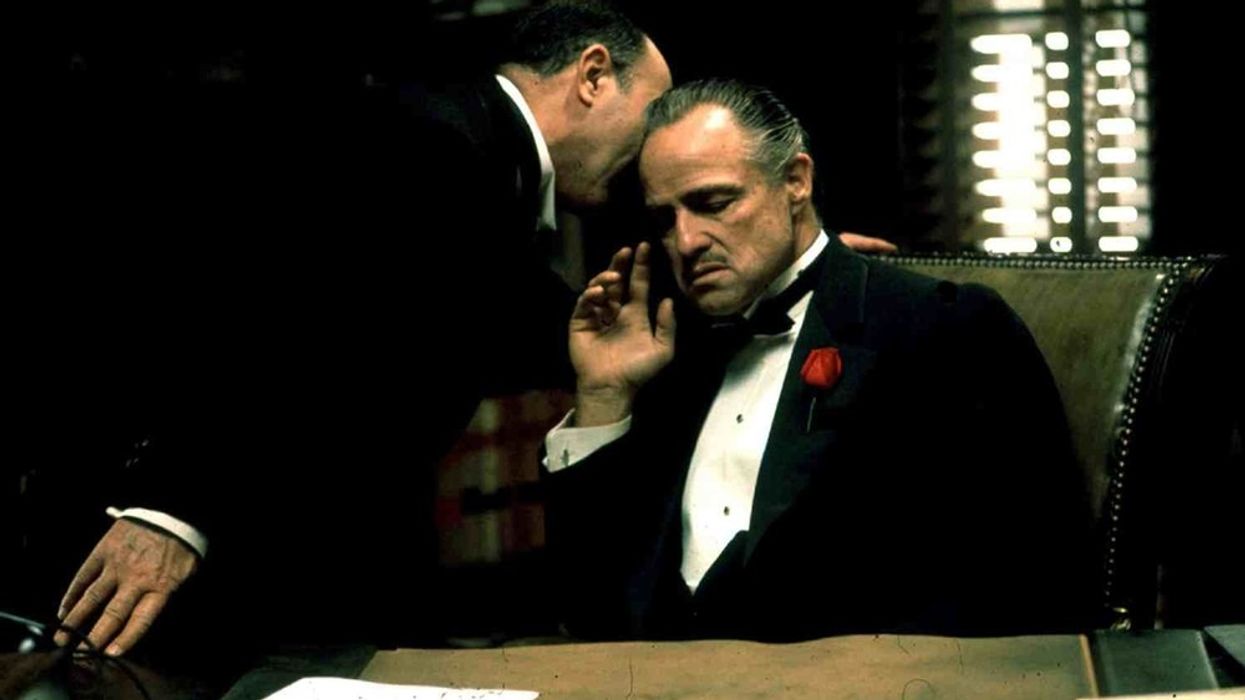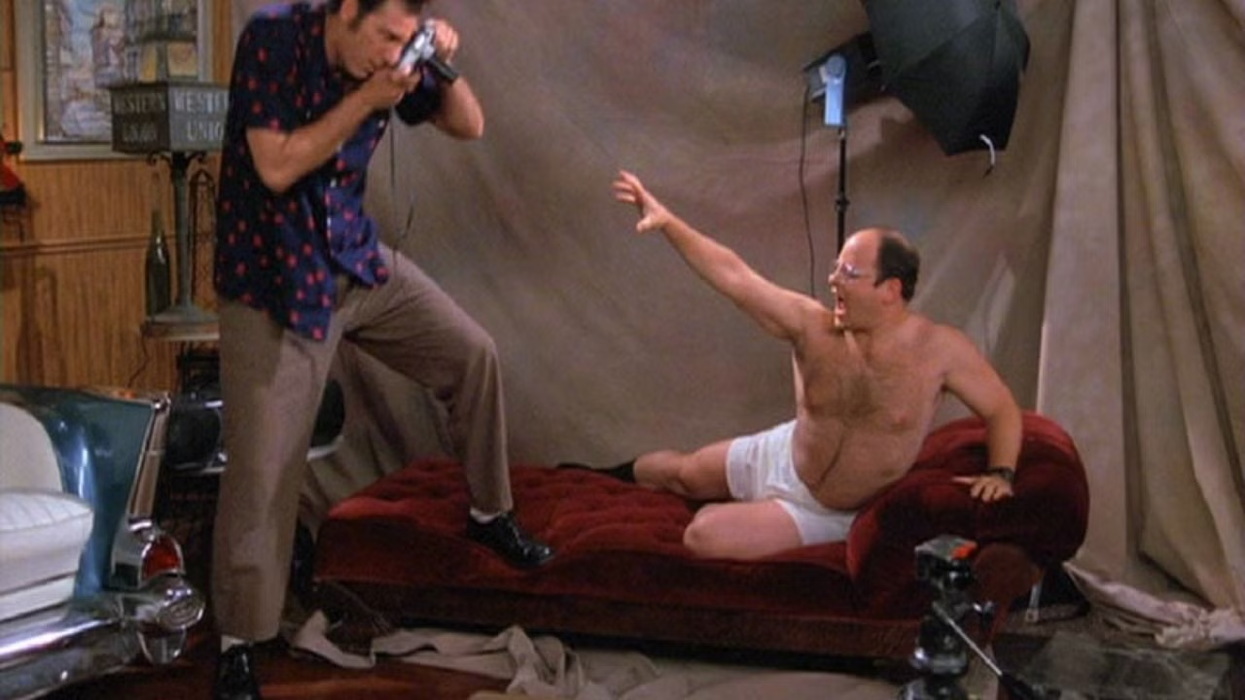Watch: How Gordon Willis Used Darkness to Illuminate 'The Godfather'
Gordon Willis, or the "Prince of Darkness," used shadows to reflect the souls of his morally conflicted characters.

The Godfather may have been Francis Ford Coppola's magnum opus, but often enough he found himself seceding power to his legendary collaborator, cinematographer Gordon Willis. Willis famously called for the film to be shot entirely from a character's point of view, with no zooms or use of modern technology of any kind.
"The lens was very selective in what it showed, and each sequence was like building something out of bricks." Francis Ford Coppola
Willis and Coppola worked together on all three Godfather films. When Willis passed away, in 2014, Coppola attempted to put his influence on the trilogy into words:
"The word he used a lot was ‘structure,’ and by that, he meant that when you lay out a scene and decide how to shoot it, each shot [should have] a reason for existing. [To Gordy’s thinking,] the word ‘coverage’ wasn’t really about shooting the same thing from a bunch of different angles. If in one shot you excluded a particular character or just showed a piece of his arm, then in the next shot you [would reveal] who that arm belonged to. In other words, every shot shouldn’t have to do everything; the lens was very selective in what it showed, and each sequence was like building something out of bricks. Each brick contained a reason why it was the next brick—it had more information, or it showed something."
Of course, Coppola ultimately chose to override a few of Willis' wishes—perhaps most notably by utilizing that opening zoom that establishes the chambers of Don Corleone—but much of the iconic feel of the film can be attributed to Gordon's choices in lighting.
Check out Screen Prism's breakdown of the cinematography of The Godfather:
Willis' main focus for the film was the contrast of dark vs. light, which he sought to employ as a representation of the duality of good and evil. He achieved this objective by lighting each character as a reflection of their own inner motives and traits.
To further that strategy, as certain characters—chiefly, Michael Corleone—made choices that propelled them further into the underworld, Willis would take away lighting from their faces. In a sense, these characters' choices would literally drive them further and further into darkness as the plot progressed.
As a rule, Wilis would use hard light for the film, opting to light characters from either above or the side.
As a rule, Wilis would use hard light for the film, opting to light characters from either above or the side. He refuted the industry standard of using fill light to illuminate the other side of his actor's face. In fact, Hollywood was so disposed to brightly-lit films that studio executives were terrified of The Godfather prior to distribution.
But the use of shadow and underexposure was not anything new. Film Noir and German Expressionism employed these lighting strategies to such a degree that they were almost a requirement for the medium; Willis was wise to borrow from them. The cinematographer found truth in the darkness.
Source: Screen Prism











